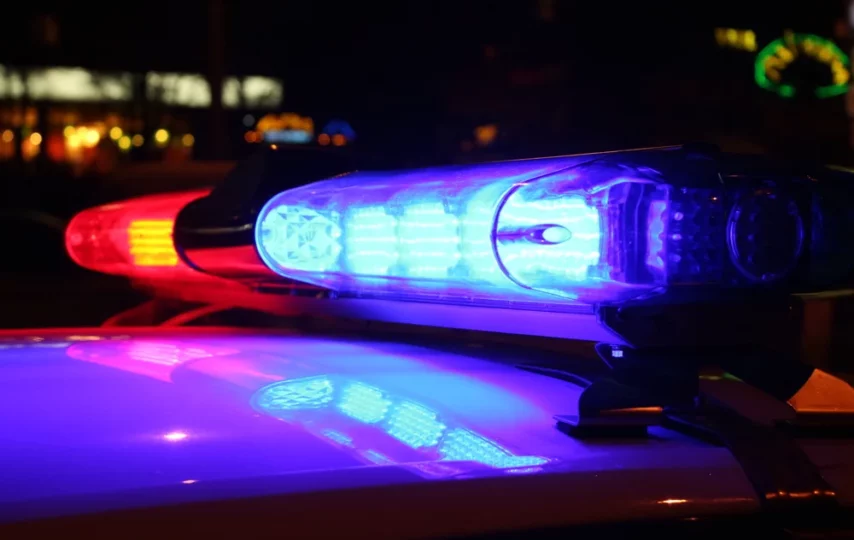Emergency vehicles are a lifeline in times of emergency. First responders and other emergency services use them to get to people that need help, so they need high-quality lights.
The emergency vehicle’s warning lights direct other motorists to clear a path for the swiftly moving first responders.
Light signals are used by law enforcement to signal a car to stop. Other colors and variations in the lights may identify construction and slow-moving utility vehicles.
Types of lights on emergency vehicles
Here is a list of commonly mandated emergency lighting colors and applications to help you learn more about their colors and uses.
Red: Emergency vehicles like fire trucks, ambulances, and police cars almost always have forward-facing red lights.
Blue: The majority of law enforcement uses the color blue. In a few other organizations, using blue lights is considered to signal tow trucks or other utility vehicles.
Amber/Yellow: Yellow or amber warning lights are most commonly used by non-emergency vehicles used for construction, road maintenance, funeral escorts, and car towing. This color warning light can be used by vehicles that must stop frequently or travel slowly.
How do the warning lights on emergency vehicles function?
The three primary organizations that deal with emergencies and how they typically make use of emergency lights are as follows:
Police personnel: On the road, law enforcement officers can be identified by their solid red, solid blue, or a combination of the two.
Some officers use amber or white lights; However, the majority of these lights are positioned to face the vehicle’s rear. These amber lights frequently resemble arrows.
Humane society agents who work in security positions for universities, hospitals, and other institutions are considered “special police” in a few regions across the country.
EMS and firefighters: Ambulances, other emergency medical transports, and fire trucks typically have red and white lights on.
The same is true for the cars of other firefighting entities, such as the fire chief’s vehicle. Most optional colors on these emergency vehicles face the rear, just like on police cars.
Volunteers: Emergency lights can be used on volunteers’ ambulances and fire trucks in many states.
However, before spending a lot of money on lighting equipment, it’s essential to know the laws in each state.
What are the different types of emergency lights on vehicles?
When working on the roadside, proper lighting can help you effectively direct traffic or allow your employees to see what they’re doing without hurting themselves or others.
The following is a list of some of the most widely used kinds of lighting, which should be taken into consideration when working, especially on construction projects.
Visor lights: These are a great option if you want something mounted but hidden. They frequently reside within your windshield or on the dashboard.
Light Bars: These are good for adapting to different kinds of trucks or vehicles you’ll have on-site because they come in various lengths. They can also be attached to a vehicle’s roof, which means they can provide a lot of lighting from above, which could be helpful.
Grill Lights: These lights are small and can be put inside the grill of a car or on the dashboard. It can be used in more areas of your construction project because it’s more adaptable.
Running Board Lights: These can be useful for trucks with steps because they can be put away neatly. Workers who work at night and need always to be able to see where they are going might find this helpful, and it’s to move a vehicle to an illuminated area or direct them to a nearby location.
In conclusion
It is evident that emergency vehicle lights serve a vital role in maintaining road safety and are an important aspect of responsible driving. By understanding the significance of different light signals and choosing the right emergency lights for your vehicle, we can contribute to a safer driving experience for everyone on the road.”








